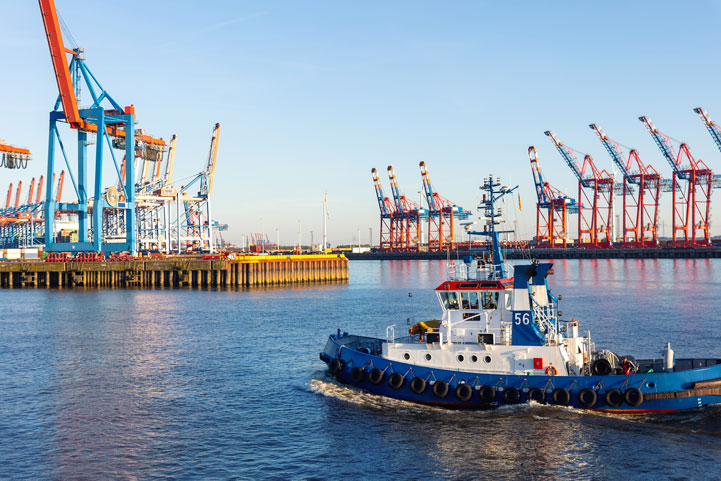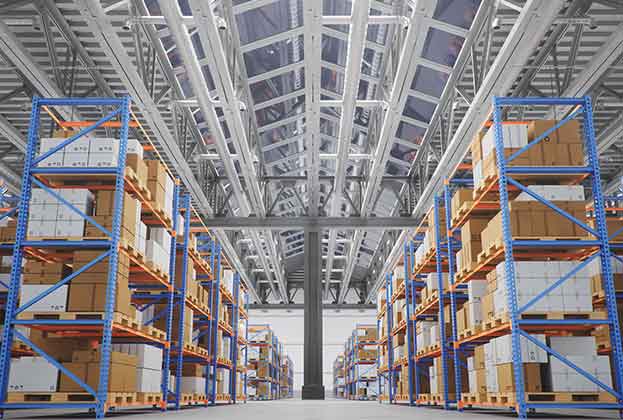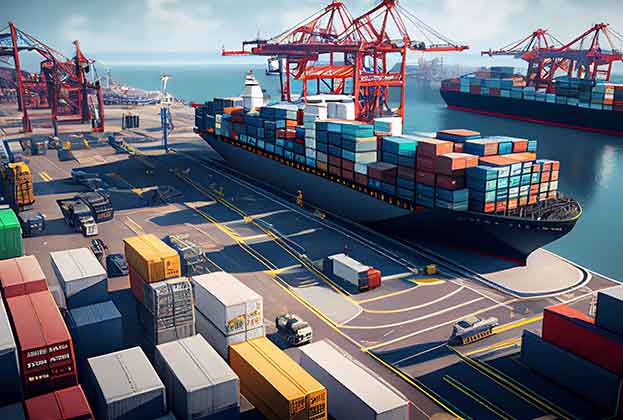Mark Russo, Senior Director, Head of Industrial Research, North America, shares his views
If the previous three years were characterised by the unprecedented, then 2023 is shaping up to be the year of normalisation for the logistics sector. Across many metrics, we are getting back to pre-Covid levels, which still implies quite a robust market, albeit a far cry from the frenzied activity of 2020-22. While this return to normal is creating some stress in the short term, ultimately, stability coupled with modest growth will lift all boats.
The significant softening of absorption and vacancy statistics is jarring at a glance, but it is key to understand the impact of base effects. The appropriate comparison point is not 2022, but rather 2019. And that is exactly where most metrics are starting to align. While US industrial vacancy has risen by nearly one percentage point from last year, it is still only about 5%, more or less in line with the 2019 level. It is a similar story for net absorption, which is down by nearly 50% from 2022, but remains above pre-Covid levels.
Construction activity is pulling back from recent highs, with new groundbreakings falling substantially in recent quarters due to a constrained debt market. Many analysts expect that this will have a tightening impact on the market come this time next year, but that may be overly optimistic.
2023 is shaping up to be the year of normalisation for the logistics sector
Mark Russo, Senior Director, Head of Industrial Research, North America
Looking ahead, market rent trends are top of mind for investors. Certainly, no one expects rental growth to continue at the recent pace of 14% per annum since 2020 (and much higher in coastal markets). Instead, the expectation is a return to steady but perhaps relatively unremarkable growth from our current vantage point. However, the mark-to-market of industrial property due to lease rollover is substantial and will continue to be a tailwind lifting valuations and returns for at least the next five years.
The return to normal has not been painless, of course. Price discovery has characterised capital markets since 2022, but clarity is now emerging around the fundamentals, especially given there is light at the end of the tunnel for inflation and interest rate hikes. Yields have risen sharply since 2021, but are starting to stabilise. This bodes well for transaction volumes going forward as fears of catching the falling knife evaporate.
The sector remains the darling of commercial real estate, with the persistent tailwinds of e-commerce growth still at play, while the onshoring of manufacturing is only just getting started. Overall, despite recent cooling, investors remain as enthusiastic as ever regarding the medium and long-term growth prospects for industrial and logistics real estate.

Key transactions
Methodology
Net initial yields are estimated by local Savills experts to represent the achievable yield, including transaction and non-recoverable costs, on a hypothetical Grade A building big-box logistics facility located in a prime location, fully let to a single good profile tenant on a 10–15-year open market lease. The typical LTV and cost of debt represent the anticipated competitive lending terms available in each market. Cash-on-cash returns illustrate the initial yield on equity, assuming the aforementioned LTV and debt costs. The risk premium is calculated by subtracting the end-of-period domestic ten-year government bond yield (as a proxy for the relevant risk-free rate of return) from the net initial yield. Data is end-of-quarter values.
Read the articles within Taking Stock: Capital Markets Quarterly – Q2 2023 below.
.jpg)




